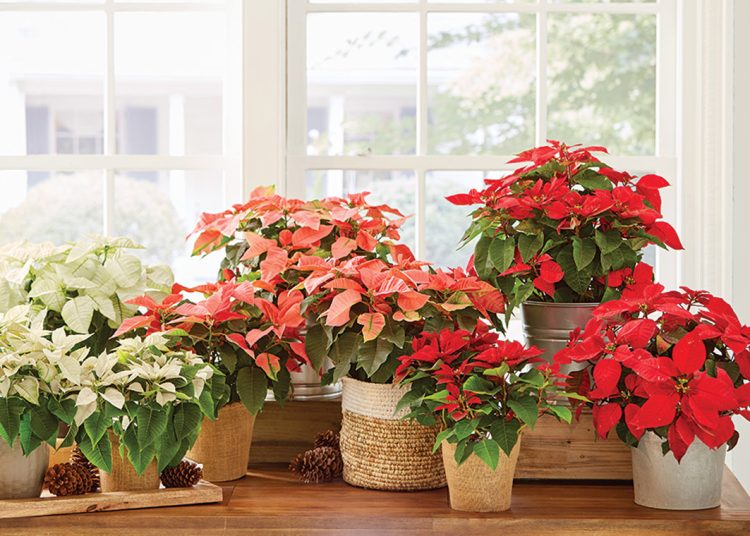Poinsettias, with their vibrant red and green leaves, are a holiday favorite and can bring festive cheer to your home. Originally native to Mexico, these plants have become a staple in holiday decor due to their striking appearance and relatively easy care requirements. However, to keep your poinsettia looking its best well beyond the holiday season, it’s important to understand how to care for it properly. Here’s a comprehensive guide on how to care for a poinsettia:
1. Choosing the Right Poinsettia
When purchasing a poinsettia, look for a plant with dark green leaves and bright, colorful bracts (the red, pink, or white leaves). The small, yellow flowers in the center of the bracts should be fresh and not drooping. Avoid plants with wilting leaves or dry, brittle stems, as these may be signs of poor care or age.
2. Ideal Temperature and Lighting
Poinsettias are sensitive to temperature changes and drafts, so it’s crucial to place them in a location that maintains a consistent, moderate temperature. Aim for a temperature range between 65-75°F (18-24°C). Avoid placing your poinsettia near cold drafts, hot air vents, or in direct line with heating sources, as extreme temperature fluctuations can damage the plant.
Poinsettias need plenty of bright, indirect light to thrive. Place your plant near a window with filtered sunlight, but not in direct sunlight for extended periods, as this can cause the bracts to wilt and fade prematurely.
3. Watering Poinsettias
Proper watering is essential for keeping your poinsettia healthy. Water the plant thoroughly when the soil feels dry to the touch about 1-2 inches (2.5-5 cm) below the surface. Be sure to water it deeply, allowing the water to drain through the pot's drainage holes. Never let your poinsettia sit in standing water, as this can lead to root rot.
During the winter months, when the plant is not actively growing, you may need to water it less frequently. Always check the soil moisture before watering, as overwatering can be just as harmful as underwatering.
4. Humidity and Air Circulation
Poinsettias prefer moderate humidity, so if your home is very dry (especially in winter due to heating), consider placing a humidifier near the plant or placing the plant on a shallow tray filled with pebbles and water. As the water evaporates, it will help maintain the humidity around the plant.
Make sure your poinsettia has good air circulation. Stale, stagnant air can promote fungal growth and other diseases.
5. Fertilizing Your Poinsettia
While poinsettias are relatively low-maintenance when it comes to feeding, they can benefit from occasional fertilizer during their growing season (spring through early fall). Use a balanced, water-soluble fertilizer once a month to promote healthy growth. However, avoid fertilizing during the winter months when the plant is resting, as this can lead to excessive growth without blooming.
6. Pruning and Maintaining Shape
After the holiday season, you may want to prune your poinsettia to maintain its shape or encourage bushier growth. Trim back the stems to about 6 inches (15 cm) above the soil level. This will stimulate new growth in the spring. You can also remove any spent or yellowing leaves to keep the plant looking tidy.
7. Encouraging Blooms for Next Season
If you want your poinsettia to bloom again for the next holiday season, it’s important to provide it with a period of darkness. Starting in late September or early October, place the plant in complete darkness for 14-16 hours each night (e.g., in a closet or under a box). During the day, keep it in bright, indirect light. This period of darkness, combined with the proper temperature and light, will help trigger the plant’s blooming process. Continue this process for about 8-10 weeks until you see the bracts change color.
8. Common Problems and Solutions
Yellowing leaves: This can be a sign of overwatering, poor drainage, or a lack of sunlight. Make sure the plant is in a bright location and check that the soil is drying out between waterings.
- Wilting or drooping leaves: This may indicate underwatering, especially if the leaves are dry and crisp. Be sure to check the soil moisture and water thoroughly when necessary.
- Leaf drop: If the plant loses leaves unexpectedly, it could be due to stress from temperature fluctuations, drafts, or a change in environment. Try to place your poinsettia in a more stable spot and avoid moving it around too much.
















